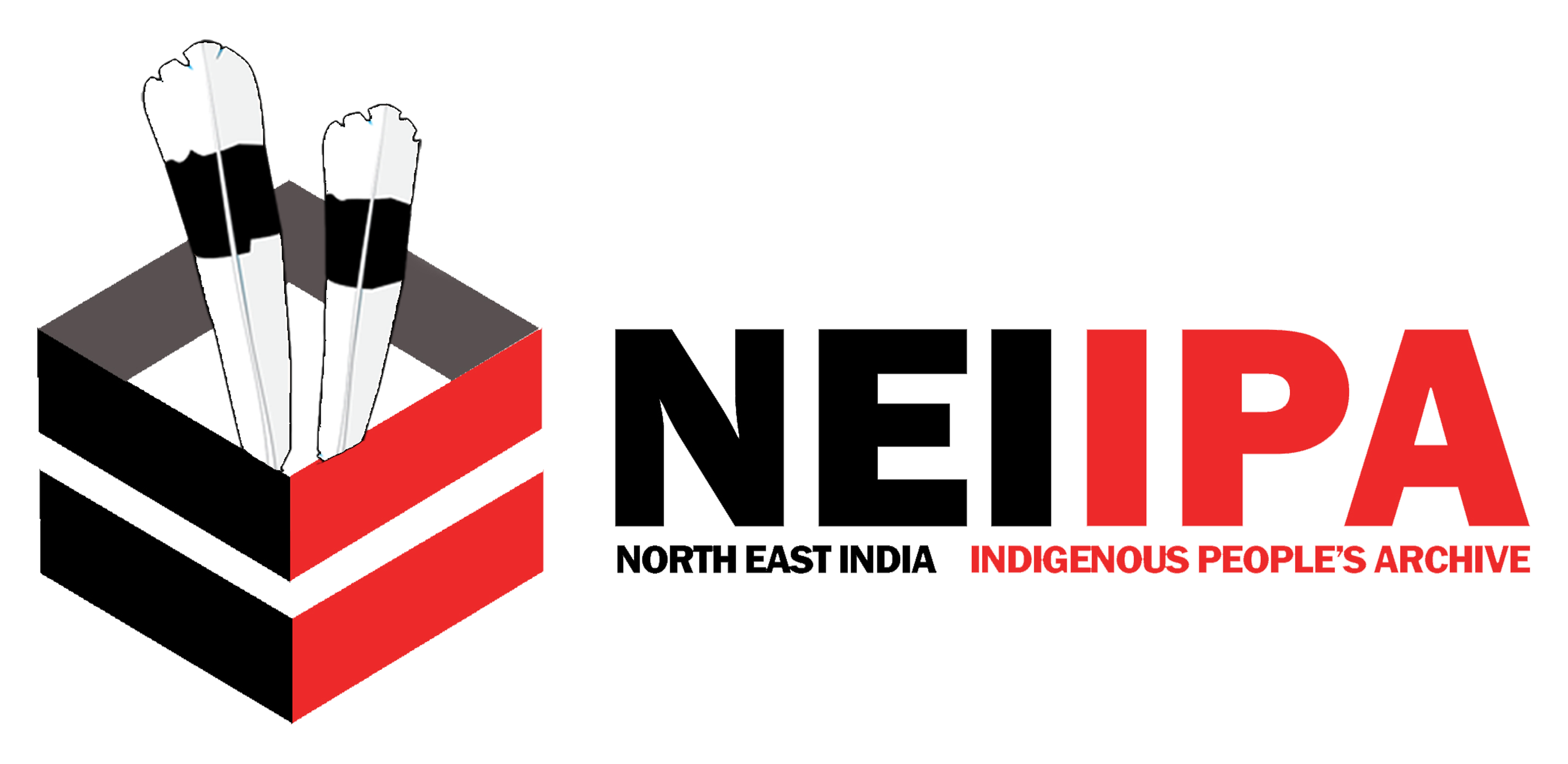The Pochurys are a Naga ethnic group inhabiting the Northeast Indian state of Nagaland. They mostly live in the eastern part of the Phek district, centered at Meluri town. The Pochury identity is of relatively recent origin. It is a composite ethnic group formed by three Naga communities: Kupo, Kuchu and Khuri. The word Pochury is an acronym formed by the names of three native villages of these people: Sapo, Kuchu and Kwiry. According to the Pochuri legends, these villages fought battles against each others, but united into a single ethnic group after their elders negotiated peace. Besides the three main communities, migrants belonging to the Sangtam and Rengma people have also been absorbed in the Pochury group.
An anthropologist has drawn the ethnic lines within some ‘collective’ Naga groups in order to rescue the true ethnic characteristics and linguistic identities of some ethnic group such as Pochury, Puimei, and Zounuo-Keyhonuo. The Pochury was accorded recognition as a distinct ethnic group based on political mobilization which included citing a pioneering ethnographic work in early 1980s (Das, 1994). In this official report author reported that “term Pochury is an acronym formed by amalgamation of letters derived from three place-names, i.e., Sapo, Kechuri and Khury. The British described the Pochury as the Eastern Sangtam or Eastern Rengma interchangeably. As per this report the Pochury were distributed in twenty-four villages. Unlike most of the Naga ethnic groups the Pochury have some such clans which have pan-ethnic distribution. In the Meluri area the Pochury people had a monopoly over salt water, spinning, wooden work, leather work and stone work” (Das 1994).
According to ethnic elders, the Pochuris are the earliest inhabitants of the region around Meluri. A local legend states that their ancestors lived in Yikhrii (Old Phor) a place near the present-day EAC office, Phor Town. The legend states that they sprang out of the soil the place called Zhiipfiikwi. Another legend states they emerged from the earth near the present-day Akhgwo village.
The British administration classified the three Pochury communities as subgroups of other Naga ethnic groups, describing them as “Eastern Sangtam” or “Eastern Rengma”.After independence of India, the Pochurys campaigned to be recognized as a separate ethnic group. The Census of India recognized the Pochury as a separate Scheduled Tribe (Sts) for the first time in 1991.
The exonyms used by other ethnic groups for the Pochury include:
•Sozomi, used by Chakhru and Kheza Nagas
•Shantary, used by Sangtam Nagas
•Nyushury, used by Rengma Nagas
In 1947 Christianity was first introduced to Shatiiza Village by Evangelist R. Sarie from Chakesang community. In 1959, the first modern school was opened in Meluri. In 1965, the Pochury territory was linked by road to the big towns like Kohima and Dimapur. Subsequently, the Meluri village developed into a town. Electricity reached Meluri in 1975.

